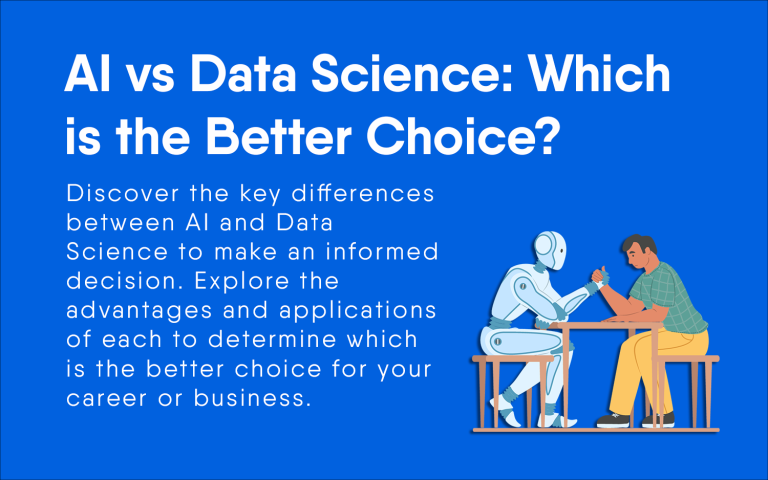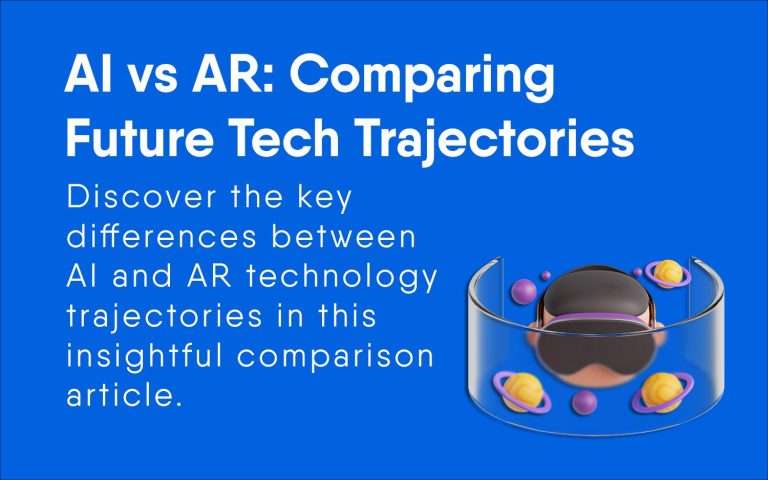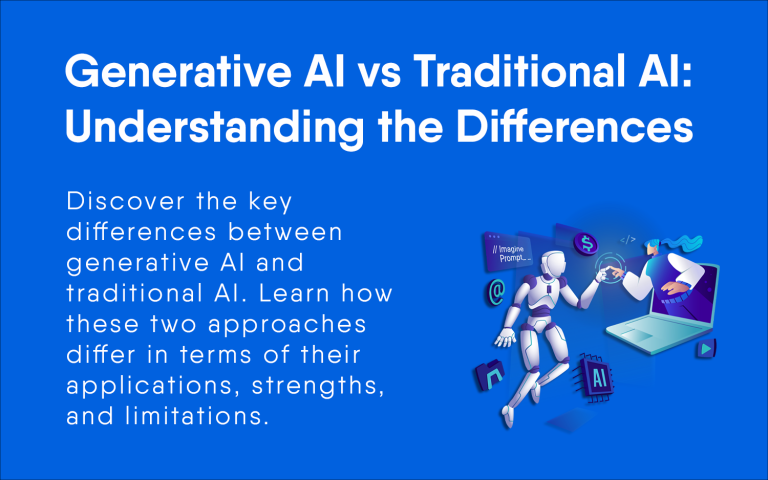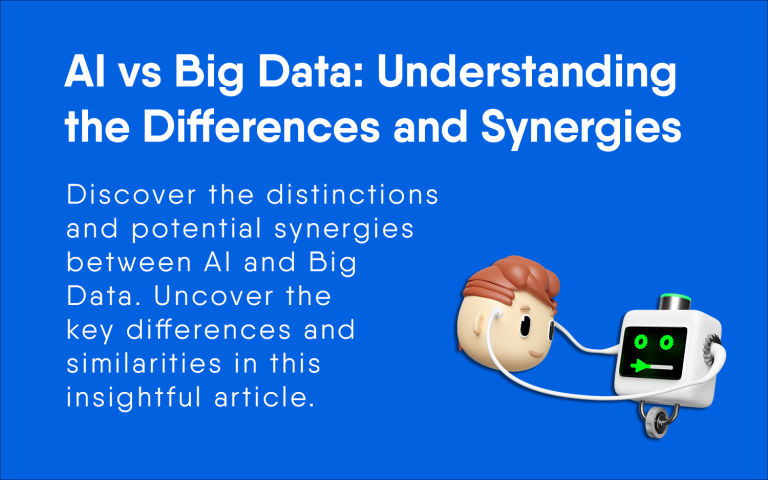How Does AI Detection Work
Artificial Intelligence (AI) has become a huge part of our lives, from recommending what to watch next to helping us write emails. AI detection works by using machine learning and natural language processing to spot patterns and predict if text was written by an AI. Just like a detective gathering clues, these tools look at how words are arranged, the complexity of sentences, and other features to make their best guess.
So, why should you care? Identifying AI-generated content is crucial, especially as AI tools like ChatGPT become more popular. This is important for educators, businesses, and anyone who wants to maintain the authenticity of their content. With so much information online, you need reliable methods to tell if something was crafted by a human or an advanced AI.
The tools for spotting AI writing aren’t perfect yet. They sometimes get it wrong, fooled by clever human writing or simple edits. But they are getting better as technology advances. In this blog post, you’ll learn not just the nitty-gritty of how these tools work, but also the challenges and tricks to make the most out of them.
Key Takeaways
- AI detection uses machine learning and natural language processing to identify AI-generated text.
- These tools analyze patterns in language and sentence structure to predict authorship.
- Identifying AI content is essential for maintaining content authenticity online.
Understanding AI Detection
To really get AI detection, you’ll need to know how these tools work and what makes them tricky. It’s not just about magic algorithms; it’s about catching patterns, style, and language that scream “AI!”
How AI Detectors Work
AI detectors use machine learning models to spot differences between human-written and AI-generated text. Imagine it’s like a detective scanning tiny clues. These clues include patterns in word use, grammar, and style.
Classifiers are like the brain here. They sort the text into categories like ‘AI-generated’ and ‘Human-written’. Many AI content detectors like Zerogpt and GLTR use classifiers powered by models like GPT-3, GPT-J, and GPT-Neo.
The detectors rely on metrics like perplexity and burstiness. Perplexity measures how predictable the text is, while burstiness looks at variations in sentence length, phrases, and syntax.
They use embeddings to compare texts against a large dataset, improving their accuracy. Tools like Giant Language Model Test Room help visualize and analyze these features, making detection more reliable.
Common Challenges in AI Detection
AI detection isn’t flawless! One big challenge is false positives, where human-written text is mistakenly flagged as AI-generated. This can cause misinformation and bias.
Training data is another issue. Detectors need up-to-date and rich data to stay accurate. Outdated or biased data can weaken detection.
Detecting text from different context or styles is hard. AI writing detectors might struggle with diverse language patterns and digital content styles, leading to a gray area where detection isn’t clear-cut.
Lastly, there’s always the threat of AI evolving faster than the detectors themselves. Keeping up with the rapid advancements in AI means constant updates to the algorithms used in these tools.
The Role of AI in Content Creation
AI is transforming how we create content in many fields. From academic research to digital media, AI tools are making tasks faster and more accurate, but they also raise questions about authenticity and quality.
AI Writing for Academia
AI writing tools are becoming popular in universities for assisting both educators and students. These tools can help students generate thesis ideas, draft essays, or even summarize long articles. Some of the well-known AI tools include Turnitin and other plagiarism checkers, which scan for academic dishonesty and ensure academic integrity.
Students use AI to polish their writing, while educators use it to grade assignments faster. However, there’s a risk of students becoming too reliant on these tools, which might lead to academic dishonesty. Plagiarism checkers work to mitigate this by flagging AI-generated text. This ensures that student writing remains original and authentic.
Many universities now include AI writing and detection tools as part of their curriculum. These efforts help students understand how to use AI responsibly and maintain the quality and integrity of their academic work.
AI Writing for Digital Media
In digital media, bloggers, content creators, and even social media managers are turning to AI to streamline their work. AI can generate blog posts, create engaging social media content, and even produce AI-generated images and videos. This helps in maintaining a constant flow of content, a crucial aspect for staying relevant online.
AI tools like Natural Language Processing (NLP) enable the creation of personalized content that can resonate more with audiences. Bloggers can quickly draft articles and focus more on creative aspects. Yet, there is a cautionary side too. The rise of fake news and misinformation, often stemming from AI-generated content, poses a challenge to content quality and safety.
Using AI in digital media requires a balance. Creating authentic, high-quality content while leveraging AI tools can lead to greater engagement and reach, but it is important to ensure that this content remains trustworthy and not misleading.
Identifying AI-Generated Content
Wondering how to spot AI-generated content? You’re not alone! Let’s dive into some handy tips and tools you can use.
First up, AI Detectors. These are tools designed to scan text and flag anything that might be machine-written. They look for patterns, structure, and even the tone of the text. Some popular detection tools include Google’s AI Content Detector, which is quite reliable.
Tone and Emotional Nuance are also key indicators. AI often struggles with capturing emotional subtleties. If the text feels flat or lacks emotional depth, it might be AI-generated.
Similarity and Plagiarism checks can be very effective. AI content sometimes borrows heavily from existing texts. Tools like Copyscape or Turnitin can help you spot this by comparing the text with a huge database of existing content.
Ever heard of Watermarks in AI text? Some newer AI models include subtle watermarks in their output to help you identify machine-generated content. This is still developing but worth keeping an eye on.
Deepfakes aren’t just for videos; they apply to texts too. Advanced AI can mimic specific writing styles. Be cautious if a text suddenly sounds unlike the person who supposedly wrote it.
A simple table can help you remember:
| Method | What it Detects |
|---|---|
| AI Detectors | Patterns and structure |
| Tone Analysis | Emotional nuance |
| Similarity and Plagiarism | Borrowed content |
| Watermarks | Subtle AI markers |
| Deepfake Detection | Mimicked writing styles |
Ethics and Issues in AI Detection
AI detection has significant ethical implications, especially concerning fairness, transparency, and the potential for misuse. These key points are important for maintaining academic and online trust.
Maintaining Academic Integrity
Ensuring academic integrity is crucial in educational settings. AI detectors help educators identify plagiarism and cheating by analyzing student submissions. This is vital for universities to uphold their standards.
Plagiarism checkers and AI detectors reduce bias by providing consistent checks across all submissions. Educators use these tools to maintain fairness and detect misuse. Unfortunately, reliance on these tools sometimes leads to false accusations.
Students must understand the importance of academic honesty. Clear guidelines on AI use can prevent misuse. Transparency in AI detection methods builds trust among students. Clear communication about what constitutes cheating and how detections work is key to fostering a healthy academic relationship.
Trust and Reliability Online
Online trust and reliability are crucial in today’s digital age. AI detectors play a role in ensuring content quality and combating spam, misinformation, and fake news. Businesses, websites, and reviewers rely on these tools to verify the authenticity of content.
However, AI detectors are not always foolproof. Sometimes they misidentify genuine content as AI-generated, which undermines trust. Maintaining transparency about how detectors work and continuously improving their accuracy helps build confidence online.
The online community benefits when AI detection tools are reliable. Users can trust the information they consume, leading to healthier digital interactions. For implementation, businesses must focus on constant updates, considering feedback to refine these tools for better reliability and trust.
Tools and Technologies for Detection
AI detectors are fascinating, right? Let’s break down the tools and technologies behind them.
Detection Tools:
- OpenAI GPT Detectors: These are designed to spot content from AI models like GPT-3.
- WriteHuman: A popular tool that checks if text sounds like it was written by a human or a machine.
- Originality.AI: Tests documents against various AI models like GPT-3, GPT-J, and GPT-NEO.
Machine Learning & Algorithms:
Machine learning powers AI detectors. They use algorithms to recognize patterns and styles in text. By training on large text datasets, they learn how AI-generated content differs from human writing.
Natural Language Processing (NLP):
NLP helps AI detectors understand context, tone, and style. BERT, a system by Google, is a key player here, handling natural language and enhancing detection accuracy.
Classifiers & Embeddings:
Classifiers are tools that categorize text as AI-generated or human-written. They use embeddings—representations of text data—to understand word meanings and relationships.
Let’s see it in a table:
| Technology | Function |
|---|---|
| GPT Detectors | Spot content from specific AI models |
| WriteHuman | Check if text feels human or machine-written |
| Originality.AI | Tests documents against multiple AI models |
| Machine Learning | Uses algorithms for pattern recognition |
| NLP (BERT) | Understands context, tone, and style |
| Classifiers | Categorize text using embeddings |
These tools are the backbone of AI detection. They combine cutting-edge tech to keep track of how machines and humans write.
Best Practices for Using AI Detectors
1. Usage: Always use AI detectors as part of your content evaluation process. Whether you’re a teacher or a content moderator, these tools can help you identify AI-generated text.
2. Combination: Combine AI detectors with human review. AI tools can flag potential issues, but a human touch ensures you catch nuances and context that machines might miss. A balanced approach offers the best accuracy.
3. Integrity: Maintain the integrity of the process by being transparent about using AI detectors. Inform your team, students, or content creators about the tools you’re employing and why.
4. For Educators: Use AI detectors to check for plagiarism and promote academic honesty. Share guidelines with students about what constitutes acceptable vs. unacceptable use of AI tools in their work.
5. For Moderators: Deploy AI detectors to monitor user-generated content. This helps maintain quality and authenticity on your platform. Be clear about how you handle flagged content to build trust with your users.
6. Guidelines: Establish clear guidelines for using AI detectors. Outline when and how to use these tools, ensuring consistency across your organization.
7. Reliability: While AI detectors are powerful, they aren’t perfect. Be honest about their limitations. Most of them can be tricked, so always back up their findings with thorough checks.
8. Transparency: Always prioritize transparency in your process. If you’re publishing or sharing results, make it clear how the AI detector was used and what it discovered. This builds trust and credibility.
Conclusion
AI detection tools are becoming essential in today’s digital world. They help identify whether content is created by humans or machines.
These tools analyze text to find unique AI-generated features. They look at language, grammar, and style to spot differences.
For example, they may use statistical modeling to catch strange patterns in the writing. This helps in spotting AI-generated text accurately.
AI detectors are also getting better at looking at images, videos, and audio, ensuring all digital content meets certain standards.
Whether you’re a teacher, writer, or business owner, these tools can help you maintain quality and authenticity.
Thinking about using one? It’s good to stay updated as technology evolves.
Using AI detectors can save you time and effort, letting the smart algorithms do the hard work for you. Keep exploring and make informed choices!

Faisal Rafique
I’m an accomplished entrepreneur and content creator with a strong background in technology and software engineering. My expertise spans web development, eCommerce, programming, hosting management, technical support, and data science. I hold a Master’s Degree in Computer Science and Engineering, and I have over 5 years of professional experience, which I leverage to grow my digital business and popular blog, FaisalRafique.com







